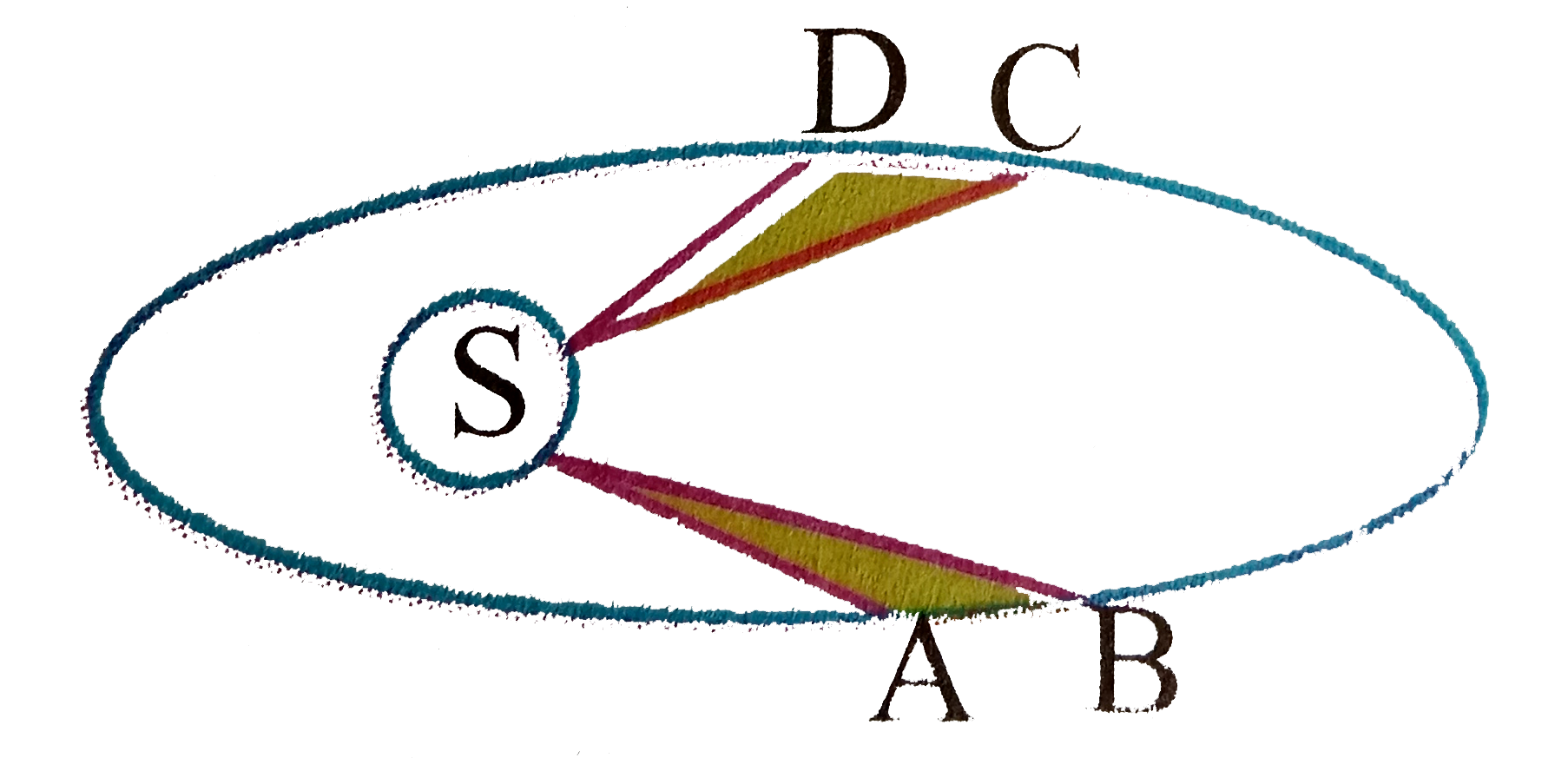A student was asked a question why are there summer and winter for us? He replied as since Earth is orbiting in an elliptical orbit. When the Earth is very far away from the Sun(aphelion) there will be winter, when the Earth is nearer to the Sun(perihelion) there will be winter. Is this answer correct? If not, what is the correct explanation for the occurrence of summer and winter?
The answer is not correct.
The seasons in the Earth arise due to the rotation of Earth around the Sun with the 23.5∘ tilt.
Topper's Solved these Questions
- GRAVITATIONBOOK - PREMIERS PUBLISHERSCHAPTER - GRAVITATIONEXERCISE - EVALUATION TEXTBOOK QUESTION & ANSWERS (NUMERICAL PROBLEMS)
30 Videos
- GRAVITATIONBOOK - PREMIERS PUBLISHERSCHAPTER - GRAVITATIONEXERCISE - OTHER IMPORTANT QUESTION & ANSWERS (MULTIPLE CHOICE QUESTIONS)
162 Videos
- GRAVITATIONBOOK - PREMIERS PUBLISHERSCHAPTER - GRAVITATIONEXERCISE - EVALUATION TEXTBOOK QUESTION & ANSWERS (LONG ANSWER QUESTIONS)
32 Videos
- KINEMATICS BOOK - PREMIERS PUBLISHERSCHAPTER - KINEMATICS EXERCISE - Other important questions & answers (V. Numerical problems).
166 Videos
Similar Questions
The largest and the shorest distance of earth from the sun 1.1AU and 0.92AU. What is its distance from the sun when it is perpendicular to the major axis of the orbit drawn from the sun ?
View SolutionSatellites used for telecommunication relay are kept in a geostationary orbit . A satellite is said to be in such an orbit when
1. The orbit is geosynchronous
2. The orbit is circular
3. The orbit lies in the plane of the Earth's equator
4. The orbit is at an altitude of 22.236 km
Select the correct answer using the codes given below
View Solution
Knowledge Check
A planet moves around the sun in an elliptical orbit. When earth is closest from the sun, it is at a distance r having a speed v. When it is at a distance 4r from the sun its speed will be:
A4vBv4C2vDv2Statement-1: In its elliptical orbit around the sun, the earth is closer to the sun during summer then during winter in northen hemisphere
Statement-2:The angular momentum of the earth about the sun is conserved.AStatement-1 is true, statement-2 is true, Statement-2 is a correct explanation for statement-1.BStatement-1 is true, Statement-2 is true, statement-2 is Not a correct explanation for statement-1CStatement-1 is true, Statement-2 is false.DStatement-1 is false Statement-2 is True.The earth revolves around the sun in an elliptical orbit. It has a speed v1 when it is at the minimum distance d1 from the sun. When it is at the maximum distance d2 from the sun, its speed is
Av1d2d1Bv1d1d2Cv21d2d1Dv1(d1d2)2
Which of the following statements is/are correct?
1 Lunar eclipse takes place when the Earth comes directly between the Sun and the Moon
2.Solar eclipse happens when the Moon comes directly between the Sun and the Earth
3.Lunar eclipse takes place when the Sun comes directly between the Earth and the Moon
4.Solar eclipse happens when the Earth comes directly between the Sun and the Moon
Select the correct answer using the code given below: Code
View SolutionWhich of the following statements is/are correct?
1. Lunar eclipse takes place when the Earth comes directly between the Sun and the Moon
2. Solar eclipse happens when the Moon comes directly between the Sun and the Earth
3. Lunar eclipse takes place when the Sun comes directly between the Earth and the Moon
4. Solar eclipse happens when the Earth comes directly between the Sun and the Moon
Select the correct answer using the code given below:
View SolutionThe motion of a planet around sun in an elliptical orbit is shown in the following figure. Sun is situated at one focus. The shaded areas are equal. If the planet takes time t1 and l2 in moving from A to B and from C to D respectively, then

View SolutionThe motion of a planet around sun in an elliptical orbit is shown in the following figure. Sun is situated at one focus. The shaded areas are equal. If the planet takes time t1 and l2 in moving from A to B and from C to D respectively, then

View SolutionRead the following passage carefully and answer the questions that follow.
Issac Newton was a great scientist. He was born in 1642 and died in 1727. He discovered the law of gravitation. It was the falling of an apple in the garden that set him thinking. He was trying to find why the Earth went round the Sun and the Moon round the Earth. He asked himself, "Why does an apple fall to the Earth?" This led him to his discovery. Newton also found out that white light is made up of seven colours. We see these colours in the rainbow. He also made many other discoveries. Newton was a very learned man. But he was very humble. Shortly before his death, he said, "I seem to have been only like a boy playing on the sea-shore while the great ocean of truth lay undiscovered before me."
When was he born?
View Solution
